IVOKEY CASE STUDY -REDESIGN OF AN OLD GAME
Role
Industrial Design - Product Development - Manufacturing - Project Management
CLIENT
SA Tasarim
TIMEFRAME
2009 - 2012
overview
Classic games like chess, checkers, backgammon, foosball, etc. have been a passion of mine. These games have been in our lives for a long long time and the market is dominated by old, classic designs of these games. Most of these games are in our homes and when we finish a game, we put the board back in its box. I wanted to create games that even after they finished playing, people still want to keep on their tables, display it as a modern art piece. Okey is one of the most played games at home, summer houses, coffeehouses in Turkey.
the problem
- Even though it is very popular, the design hardly changed over the years
- Classic wooden or plastic boards and white tiles are the common okey designs that can be seen everywhere
- People don't want to display their classic, old, store bought okey sets at home
- Wooden boards are very heavy, the carrying boxes are not practical
the solution
iVokey™ is elegant, colorful, thin and light. The board, which looks like a bridge from sideways, got its form from Istanbul that connects two continents. The new board design reduces volume and weight. By placing the boards one on top of another, the case volume is also reduced. Black is chosen over white for tiles to make a nice contrast with the colorful boards. A modern font for numbers and four different card game symbols (hearts, spades, diamonds, clubs) are used on tiles. iVokey™ sets are amazing gifts for loved ones, quality materials, handmade with care and while looking super elegant, not having the price tag of fashion brands.

First render of the first concept
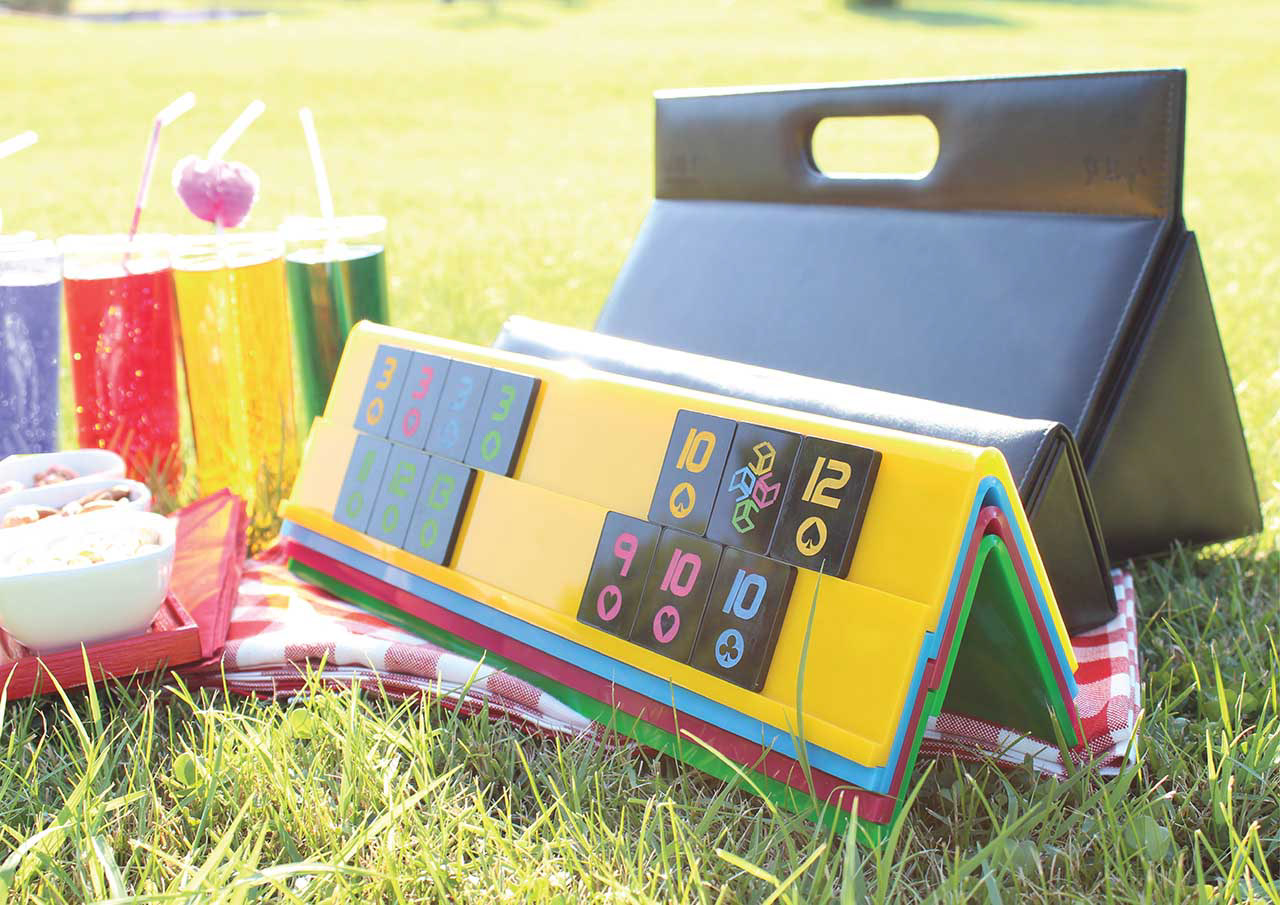
Final product
the design process
A LITTLE BACKGROUND
Okey a is a tile-based game, very popular in Turkey. It is almost always played by four players, although, in principle, it can be played by two or three players. It is very similar to the game Rummikub, as it is played with the same set of boards and tiles, but under a different set of rules. In Turkey and among Turkish communities abroad, it is very popular at cafés. Almost all of the tiles are made from white melamine and boards are made out of wood or plastic. You can find a different designed chess set or backgammon but it's super hard to find a different okey set.







HOW IT ALL STARTED
One of my best friends was going to the UK to study and I wanted get a gift for her. I couldn't find anything I liked so I thought 'why not design something for her?'. I wanted to design something that might remind her of Turkey but also look modern and cool. Okey was one of the things you see in Turkey a lot but not anywhere else. So I started thinking about redesigning the game in a modern and fun way. I will explain my thinking about the choices I made in the design later. At the time I was working at a multi-disciplinary design studio, so after I sketched a few ideas, I jumped right into 3D and made a few renders. I showed them to a couple of people in the studio and they all loved it. We made a prototype on a laser machine with acrylics and used colors of the UK flag. As you can see, my first idea was to make the tiles look like playing cards. It looked cool but it was super slow to make and also a little confusing for the players.

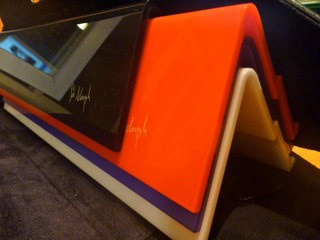
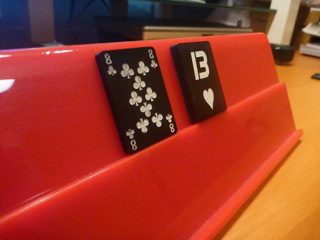
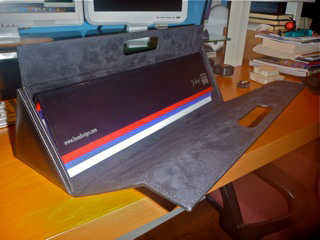

BOARDS GOTTA LOSE SOME WEIGHT
A few things I had in start ended up all the way to the final product. I wanted to make all the four boards in different colors, make them so slim that they can stack on top of each other and I wanted to make the tiles in black.
First, let's talk about traditional okey boards. They are made out of wood or plastic and they have a shape of triangular prism. They are very chunky and heavy. I've been playing okey since I was a child and it's not a game that stays in one place all the time. You carry it to the park, to your neighbors, to your summer house, etc. So those heavy boards are very inconvenient to carry around. To solve this problem I wanted to get rid of all that empty space under and make them thinner. This would also mean you can stack them up. Since making the whole set portable was one of my top priorities, I was always thinking about the box or bag it would come in. Here you can see some of the ideas.
First, let's talk about traditional okey boards. They are made out of wood or plastic and they have a shape of triangular prism. They are very chunky and heavy. I've been playing okey since I was a child and it's not a game that stays in one place all the time. You carry it to the park, to your neighbors, to your summer house, etc. So those heavy boards are very inconvenient to carry around. To solve this problem I wanted to get rid of all that empty space under and make them thinner. This would also mean you can stack them up. Since making the whole set portable was one of my top priorities, I was always thinking about the box or bag it would come in. Here you can see some of the ideas.

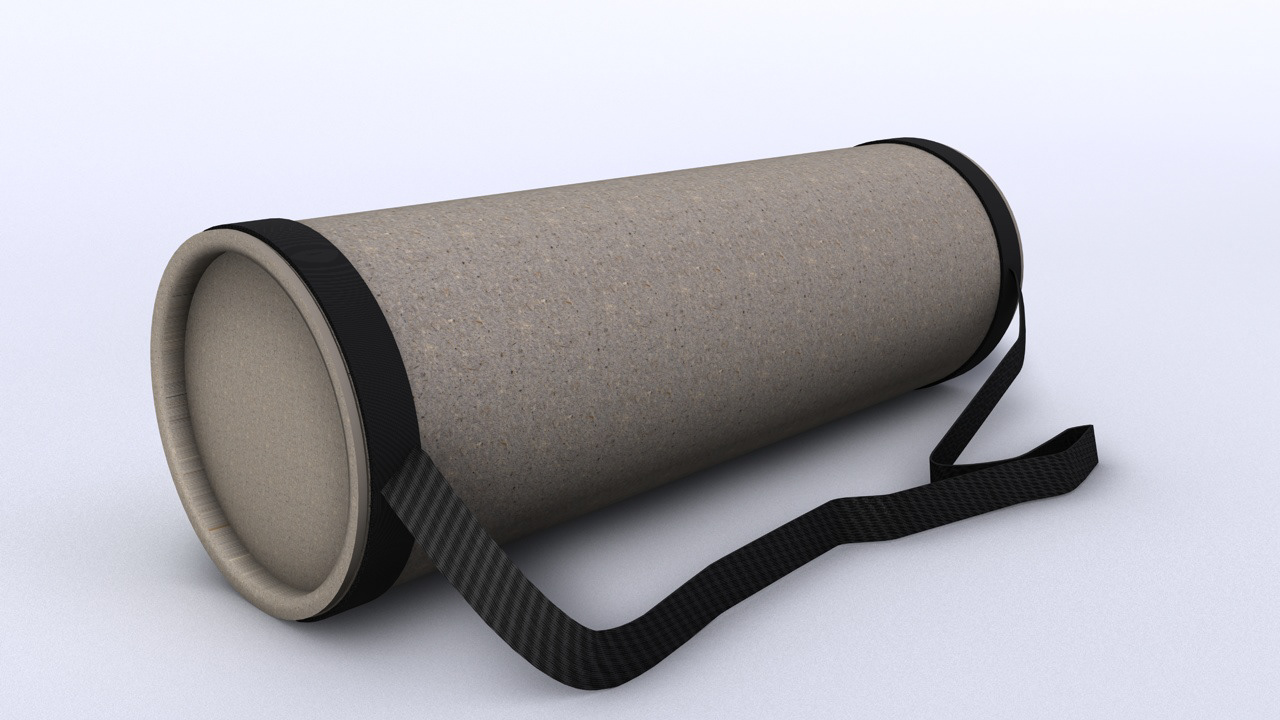
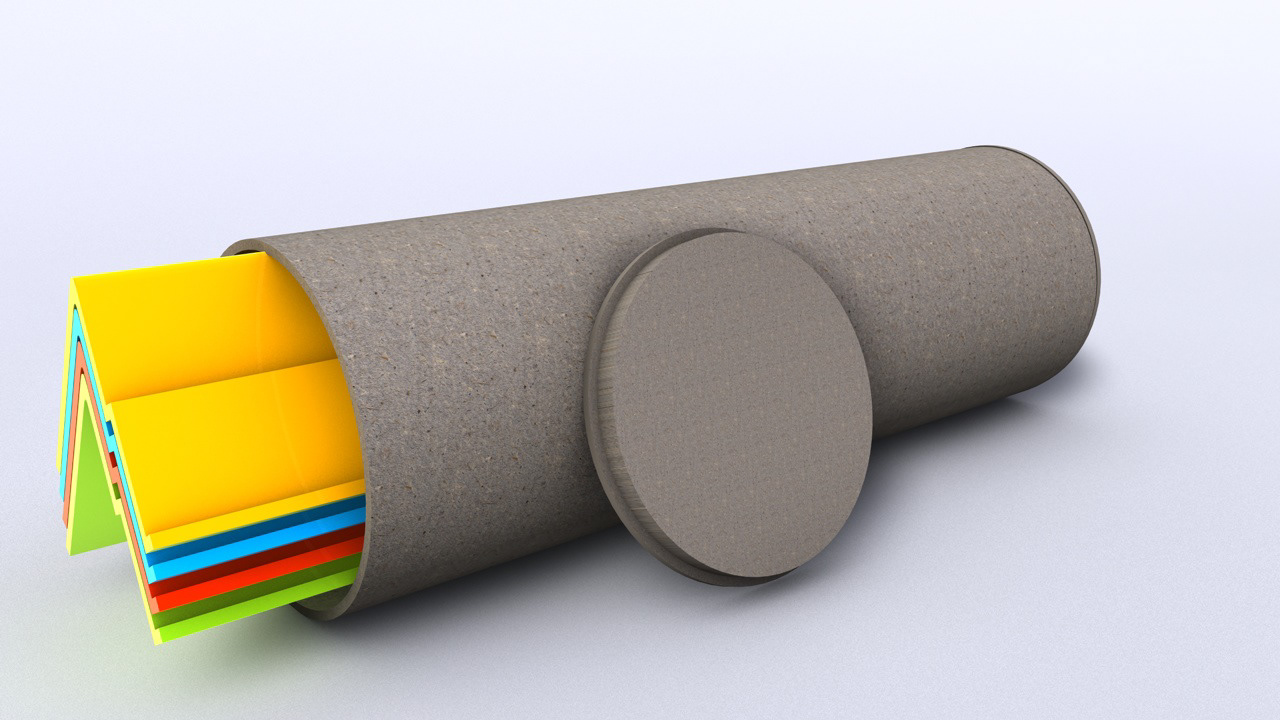

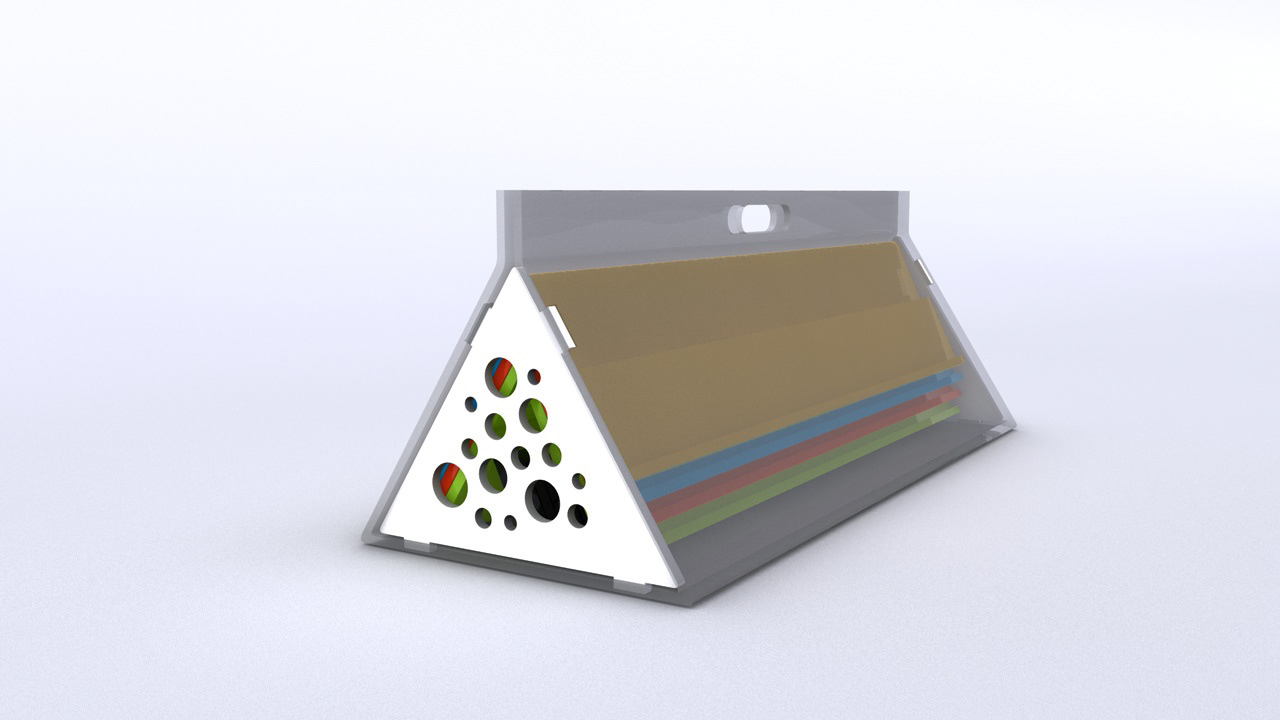

THE LAST ACRYLICBENDER
Normally if you're going to make the boards from plastic, you'd want to make them from ABS with injection molding. But it's not an option if you are just out of college and trying to take your first product to market. Oh yeah, in case I forgot to tell, it started as a one-time gift to my friend, ended up being a product that I manufactured hundreds of. So next choice for material was acrylic because it was sturdy enough, had a lot of colors options and somewhat easy to shape. As you can see in the video here, my first idea was to cut one piece of acrylic, use heater strips to soften three specific parts, put it in a two part mold and let it cool with the perfect shape. I tried this idea and while the top angle worked perfectly, the middle strip where the top row of tiles would sit would not bend easily so I could never get a 90 degree angle.
THE LAST ACRYLICBENDER STRIKES BACK!
So the next idea was to cut three pieces of acrylic, bend the large one with a heater strip (which makes the top angle) and glue the other parts. If you use the correct glue, acrylic to acrylic adhesion is super strong. I had them laser engrave the logo, patent info, etc and cut precisely. The thickness of the acrylic I chose for the boards and the tiles were the same so the tiles sat perfectly on the board. This was the process I chose to make all the boards in the end.




TILES NEED FITNESS TOO!
The reason I chose black as a color for the tiles was because it created this great contrast with the colorful boards. I was also sick of seeing the same white melamine colored tiles everywhere, but the first reason sounds cooler! Anyway, the color was easy to choose but it took me a while to find a font I liked for the numbers. Finally I chose a very modern font and I'm happy I did.
OH MY GOD! WHAT IS IN YOUR BAG?
I wanted this whole set to be an experience for the user. And the first important experience a user has with a physical product is the packaging. iVokey was planned to be a luxury product so I decided to use black faux leather for the bag. I wanted it to look like a fashion accessory. By putting the boards on top of each other we saved some volume and created an empty space below the boards. It was a perfect space to put the tiles. Let me tell you how it is when you go out and buy this game from a store. The boards are triangular prisms so four of them take a lot of space. The tiles come in a rectangular box with a lid that keeps falling, so you have to tie it with a string or a rubber band yourself. If you don't, the tiles keep falling all over the place and you lose some pieces. Other problem is after the game is over, you have to pick up the pieces 1-5 pieces at a time and put it in the box. So I wanted to solve these problems by making the tile bag long and secure. It had to fit under the board and also it had to fit all the tiles inside. Finally we optimized the size where it could do both. Also, by making it a long bag, you can just sweep all the tiles from the table to the bag, you don't have to pick them one by one.






The whole bag holds itself with hidden magnets. You can open it flat on the table, place all the boards and tiles inside and just fold the sides where they snap to each other. Here's a short video of how to open the bag and take out the boards and tiles.
WHO'S KEEPING SCORE?
Okey is mostly played with four people and you keep scores on a piece of paper. When we were laser engraving and cutting the tiles, we had some space left on the acrylic sheet. So I decided to design a scoreboard. It has four slots and we cut four pieces as same color as the boards that slide inside those slots. There are scores in the middle from 40 to 0, which is the most usual way of scorekeeping for this game. It can lay flat on the table without messing up the scores. We also squeezed in a QR code keychain :)
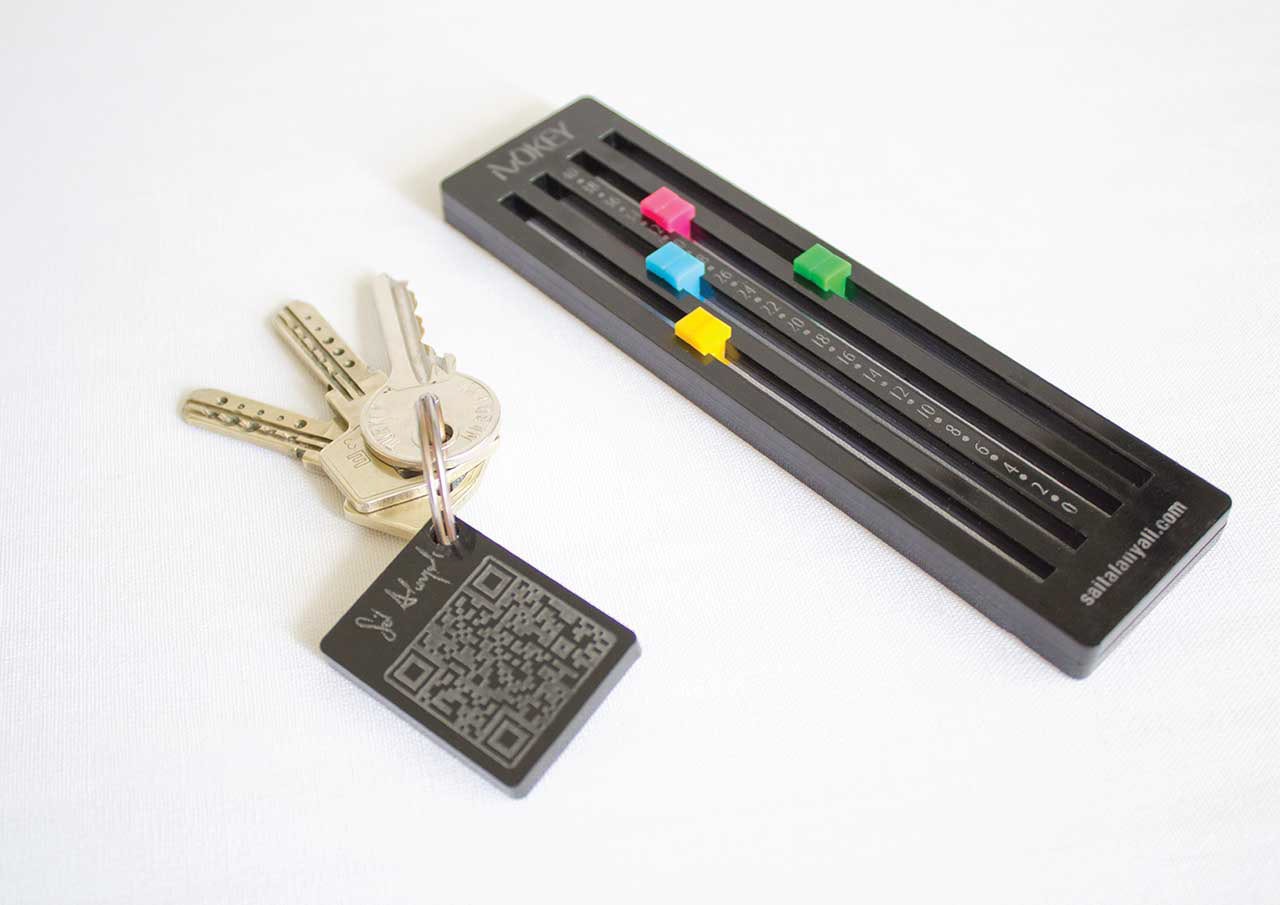

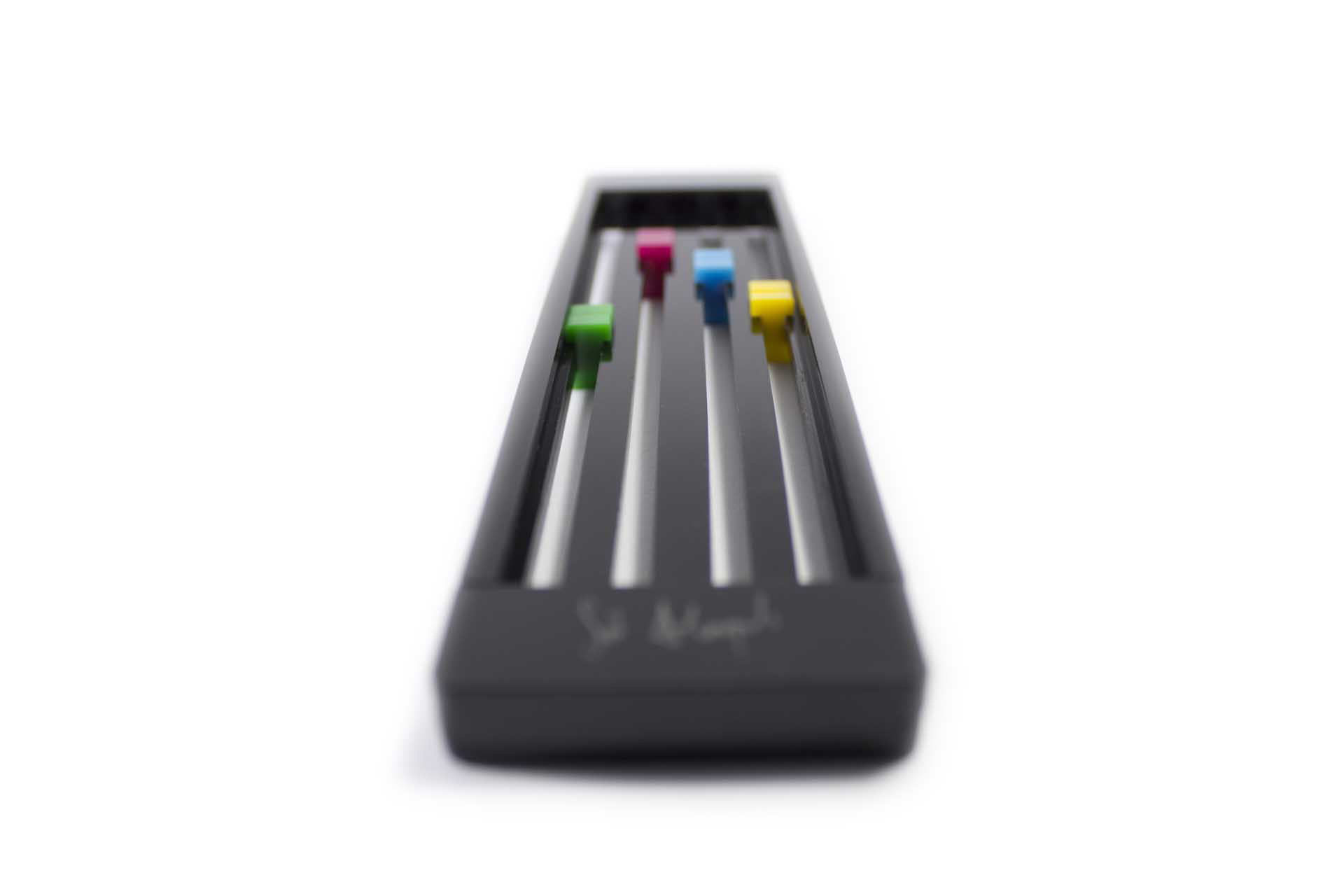
takeaways
This was my first design that I took from the idea stage to the finished physical product. It got a lot of attention from media where I had to do tv, radio, magazine interviews, printed on newspapers and of course a lot of online news. One of the biggest game manufacturers in Turkey reached out to me to make this a special collection under their brand. We worked on it for a year to design the plastic injection molds, packaging, etc. but that year Turkey had some big events where the economy got to a very bad point so we had to stop. I'd have loved to make these boards and tiles with injection molding where the initial cost is high but cost per set is super low compared to making them by hand. Collaboration with a brand that had stores all over Turkey would have helped reaching a lot of people. I'm still sorry it didn't happen. After this design got attention of international design blogs, I realized that it's not just Turkish people who loves this game. It has been around 10 years and I still get emails or messages from people all around the world wanting to buy this set.








